8 Spanish architecture houses of the 1960s
An imaginary journey through the architecture of the 1960s through the 1970s.
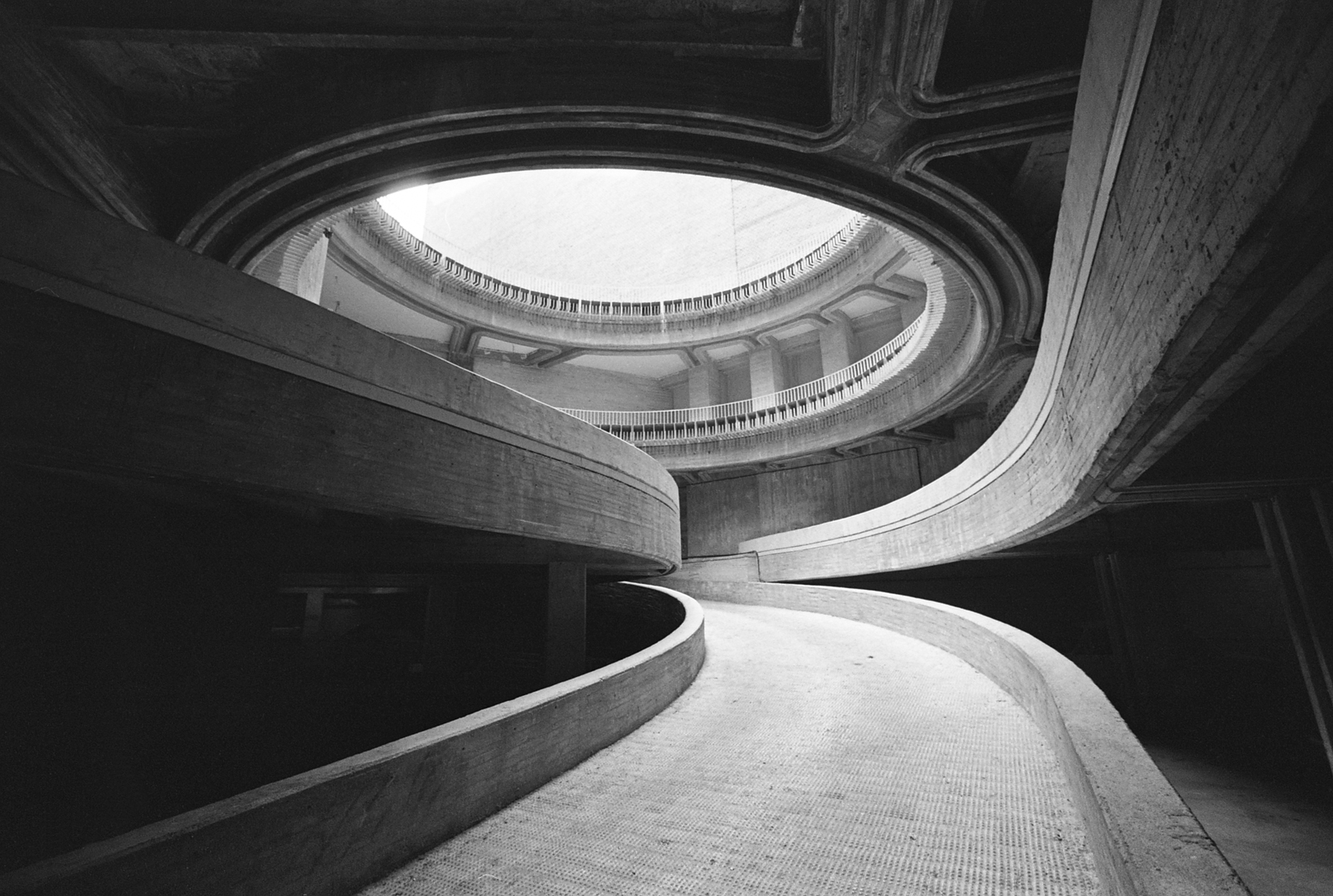
In the tumultuous 1960s, Spain experienced a cultural and social transformation that was reflected not only in politics and fashion, but also in architecture. This period witnessed the emergence of an avant-garde movement that left an indelible mark on the Spanish architectural landscape. From Madrid to Barcelona, passing through cities such as Valencia and Bilbao, visionary architects challenged conventions and shaped a bold and modern urban landscape.
One of the most prominent movements of this era was the so-called “Modern Movement,” which advocated a functionalist and minimalist approach to architectural design. Architects such as Fernando Higueras and Francisco Javier Sáenz de Oíza became benchmarks of this movement, creating masterpieces that combined pure geometric forms with innovative materials such as reinforced concrete and steel.
Tapies House (1960)

Designed by José Antonio Coderch in the neighborhood of San Gervasio, Barcelona. It is an outstanding example of the architectural movement known as “Organic Rationalism”. This current sought to combine the rationalist principles of the modern movement with a sensitivity to nature and the historical and cultural context. Exceptionally placed in the city, in an environmental context that is quite different from where Coderch usually designs his single-family houses. The structure is metallic and has been left exposed and painted white; the interior walls are of exposed brick.
Patio House (1962)
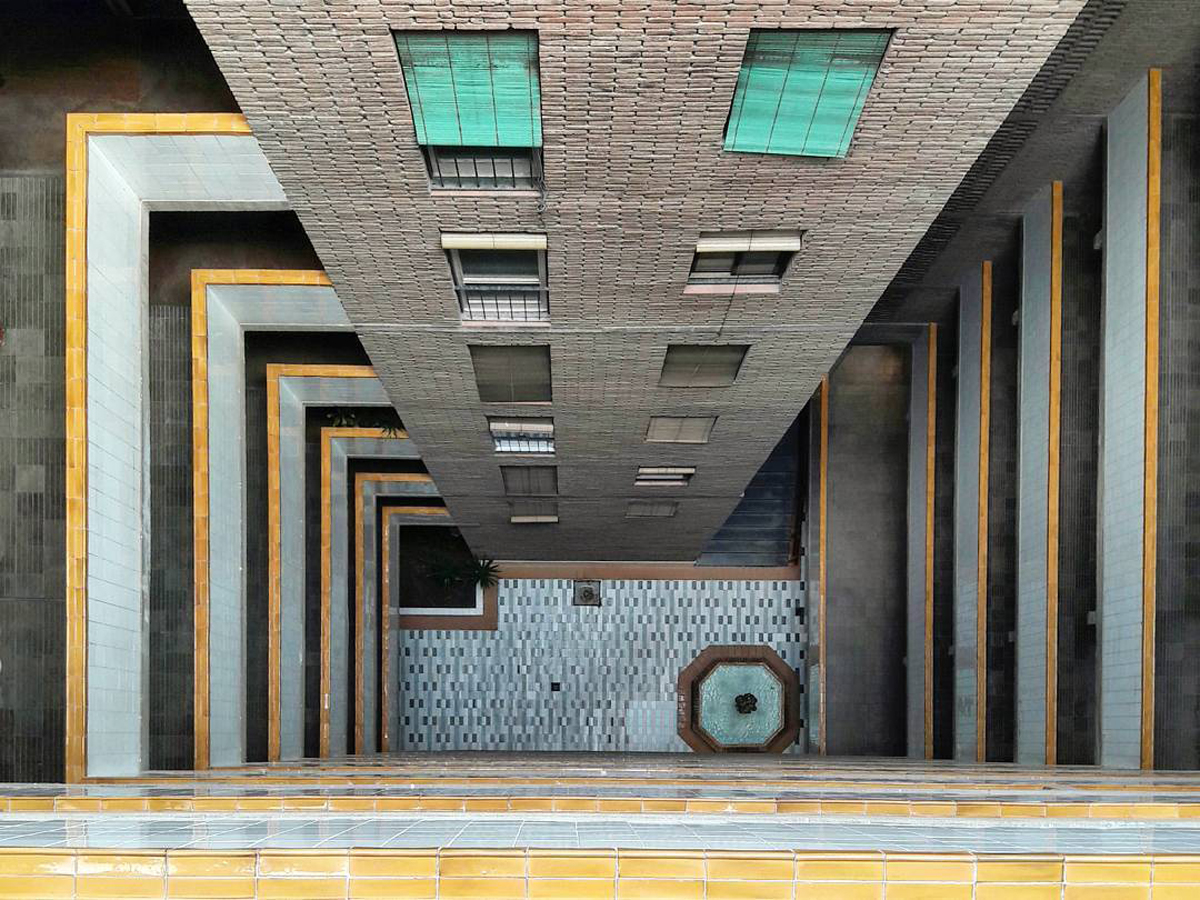
This emblematic building from the 1960s was a groundbreaking project by the young architects Josep Martorell, Oriol Bohigas and David Mackay. The basic idea of the project is to group a series of small dwellings around a large central courtyard. The shape of this courtyard is simply the result of placing the same types of dwellings in orderly succession, roughly following the boundaries of the site. This space has been treated with the intent of obtaining a certain atmosphere of an urban plaza.
The design of the Casa del Patio reflects the principles of the Modern Movement, with a clear attention to functionality, simplicity of form and integration of the interior with the exterior.
White Towers Building (1964)
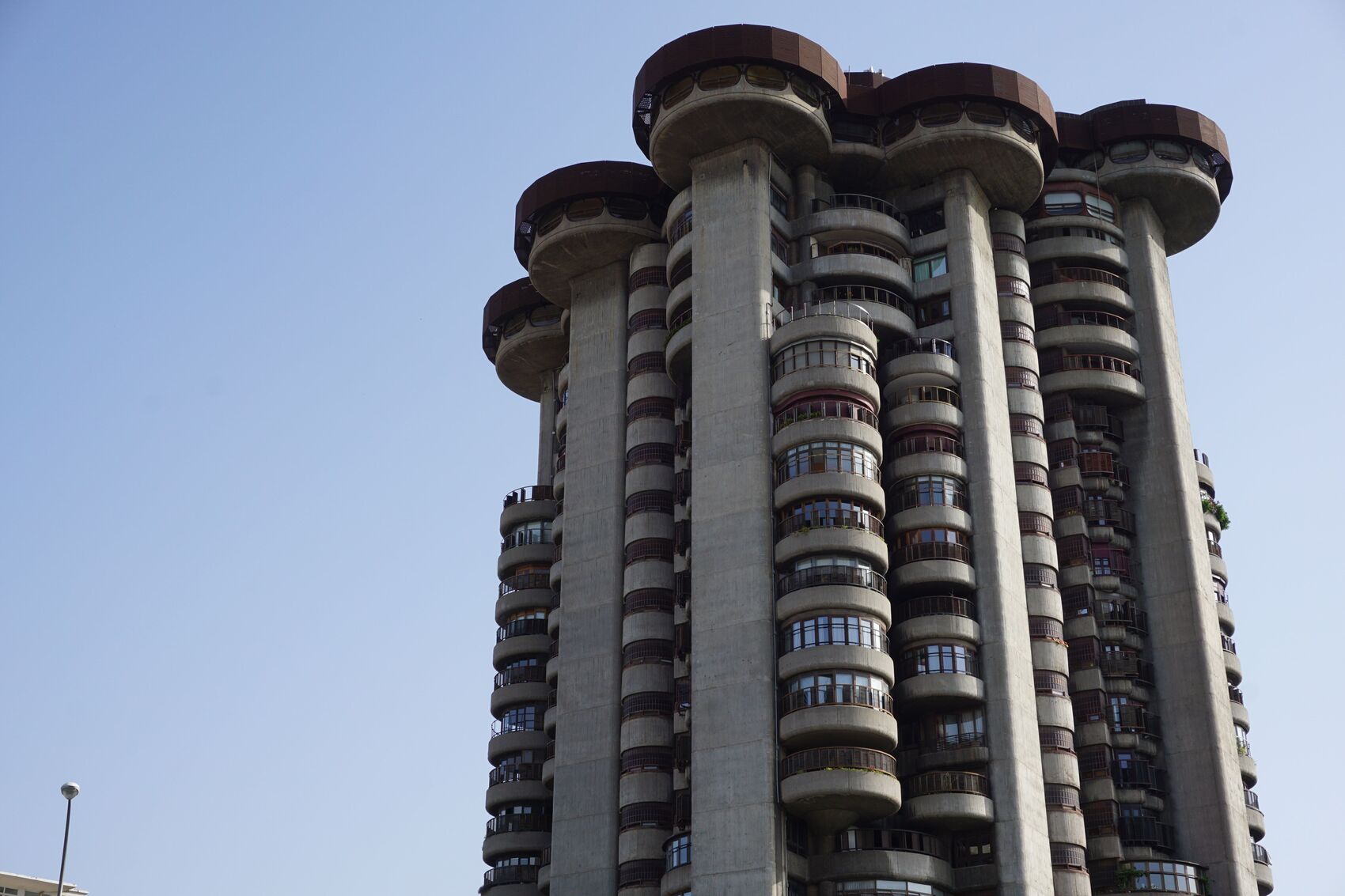
It is a masterpiece by Francisco Javier Sáenz de Oíza. With its organic form and cascading balconies, the Torres Blancas Building is a symbol of Spanish architecture of the 1960s and a masterpiece of the modern movement.
Of the two towers planned by the architect, only one was built, whose facade was clad in exposed concrete and not mixed with white marble powder as originally thought. Oiza brilliantly uses concrete to insinuate organic forms, opting for curves as opposed to straight lines and angles, non-existent or softened not only on the façade but also in the interior.
This residential building received the COAM award in 1969. It remains an icon of Spanish architecture and a masterpiece of the modern movement.
The Pagoda (1967)
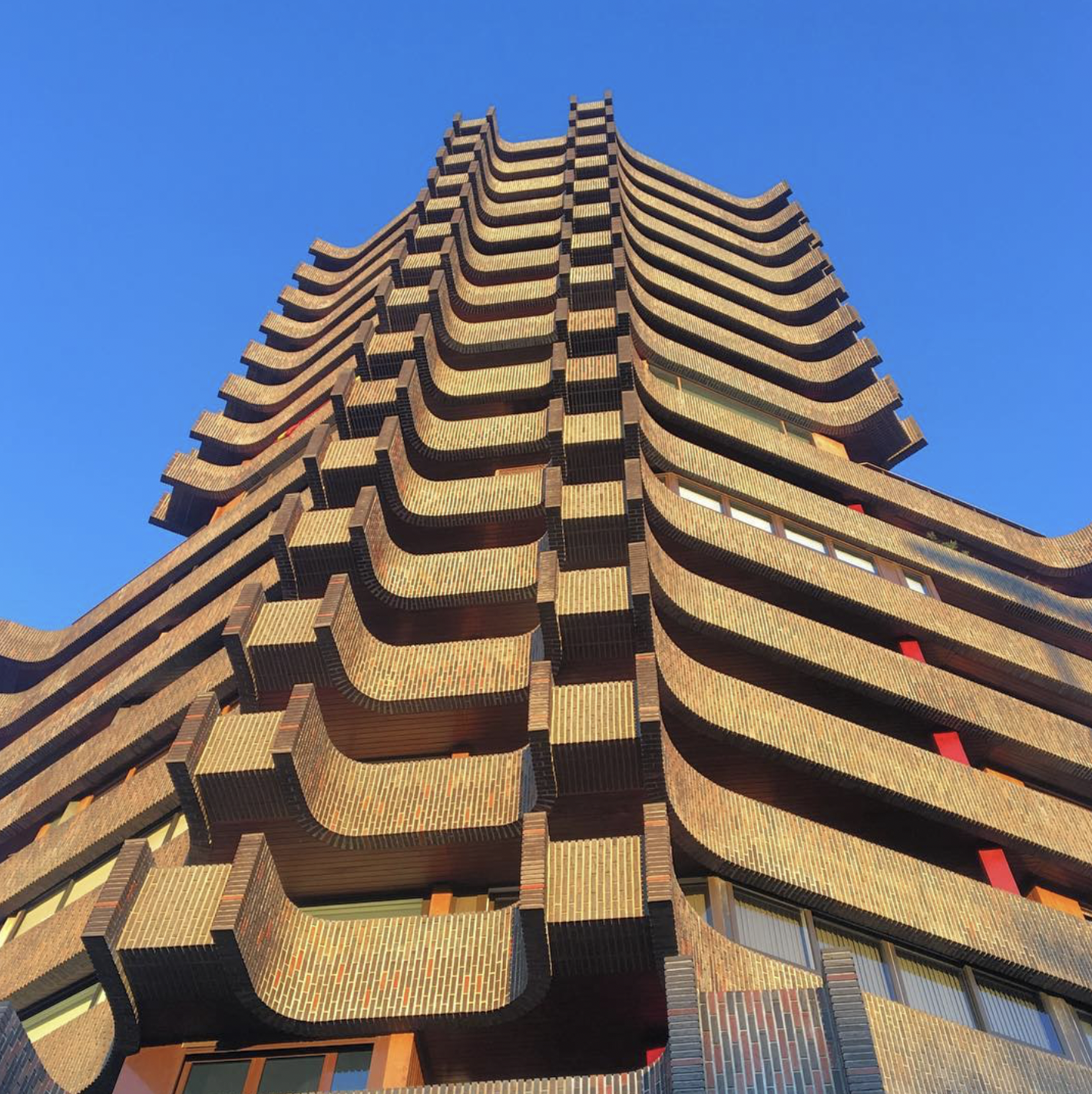
The Pagoda is one of the best known and most beloved buildings in Valencia. A strange Japanese-inspired architecture designed by Antonio Escario, José Antonio Vidal and José Vives. The most characteristic feature is its facade, which reflects and almost transforms with the changing light of sunset and sunrise. The strategic placement of planters, sliding planes and terraces make the interior and exterior are very mixed in each house.
Carvajal House (1967)
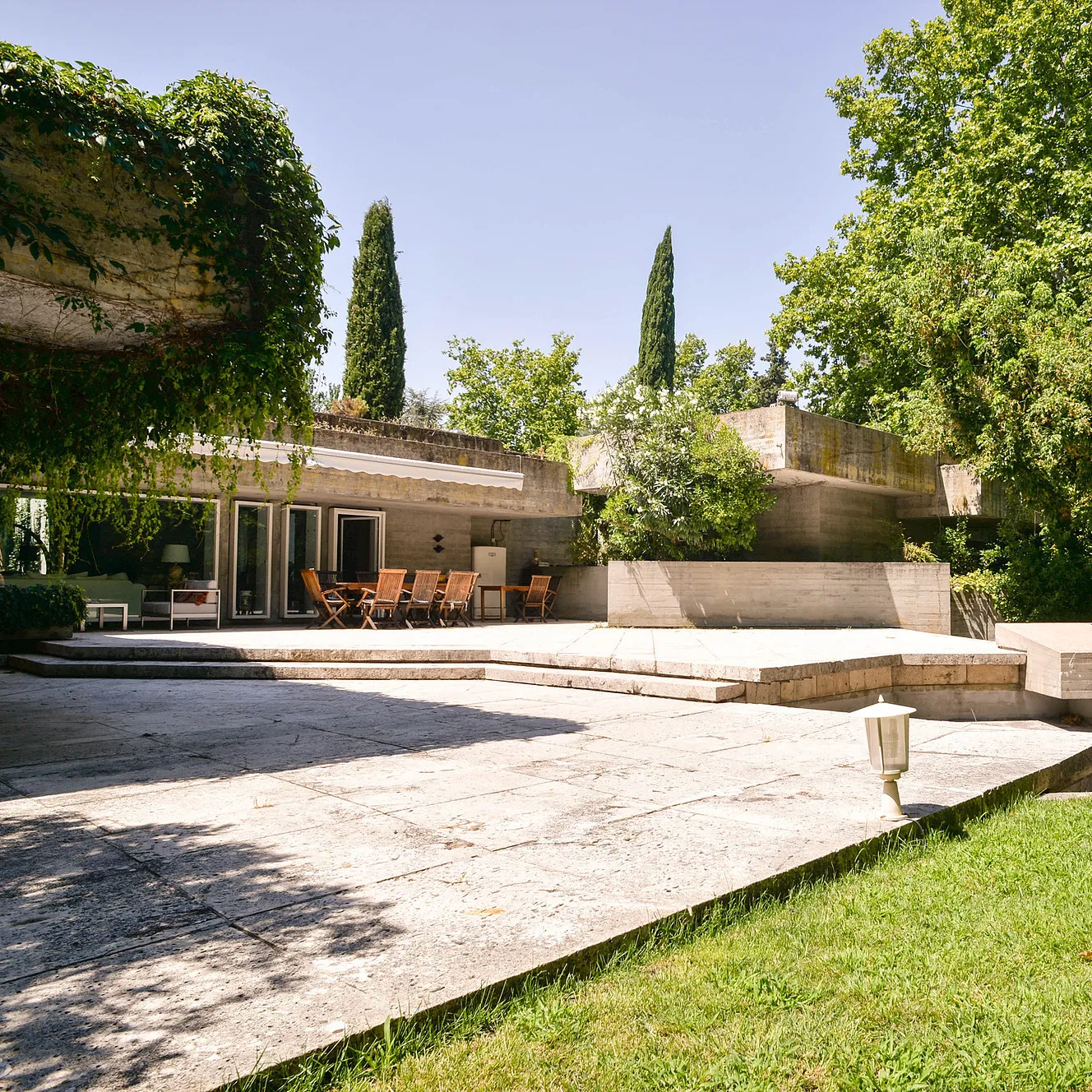
Designed by one of the most important architects of the second half of the twentieth century, Javier Carvajal. Created for himself and his family, he lived in it for only 10 years and conceived it as a tribute to the Alhambra in Granada. Entirely made of reinforced concrete and with only one floor, it is, however, a brutalist construction perfectly integrated into its natural surroundings, which adapts to the unevenness of the terrain.
In 1969 it was awarded the Fritz Schumacher Prize of the University of Hamburg for the best architecture in Europe and has been declared an Asset of Cultural Interest, in the category of “monument”.
La Princesa Building (1967)
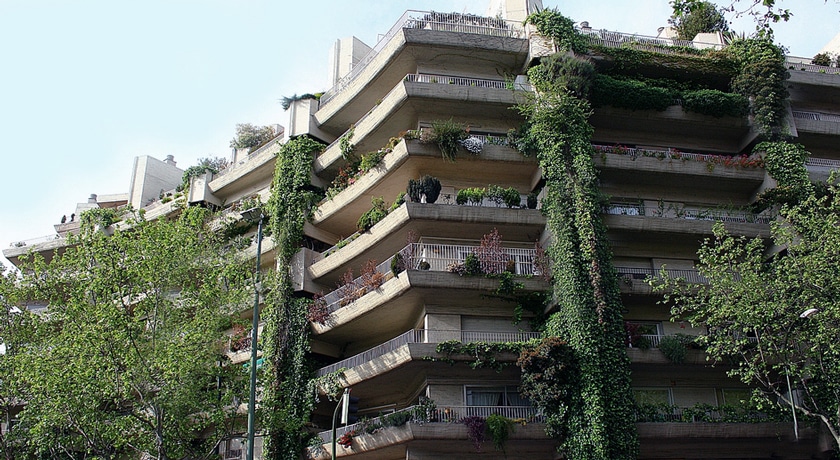
Fernando Higueras, with the collaboration of Antonio Miró, erected one of the most paradigmatic buildings of brutalism in Madrid: the San Bernardo military housing.
Fernando Higueras wanted to create a building that was free and open to the senses, where concrete and vegetation played a very important role.
Gárate House (1968)
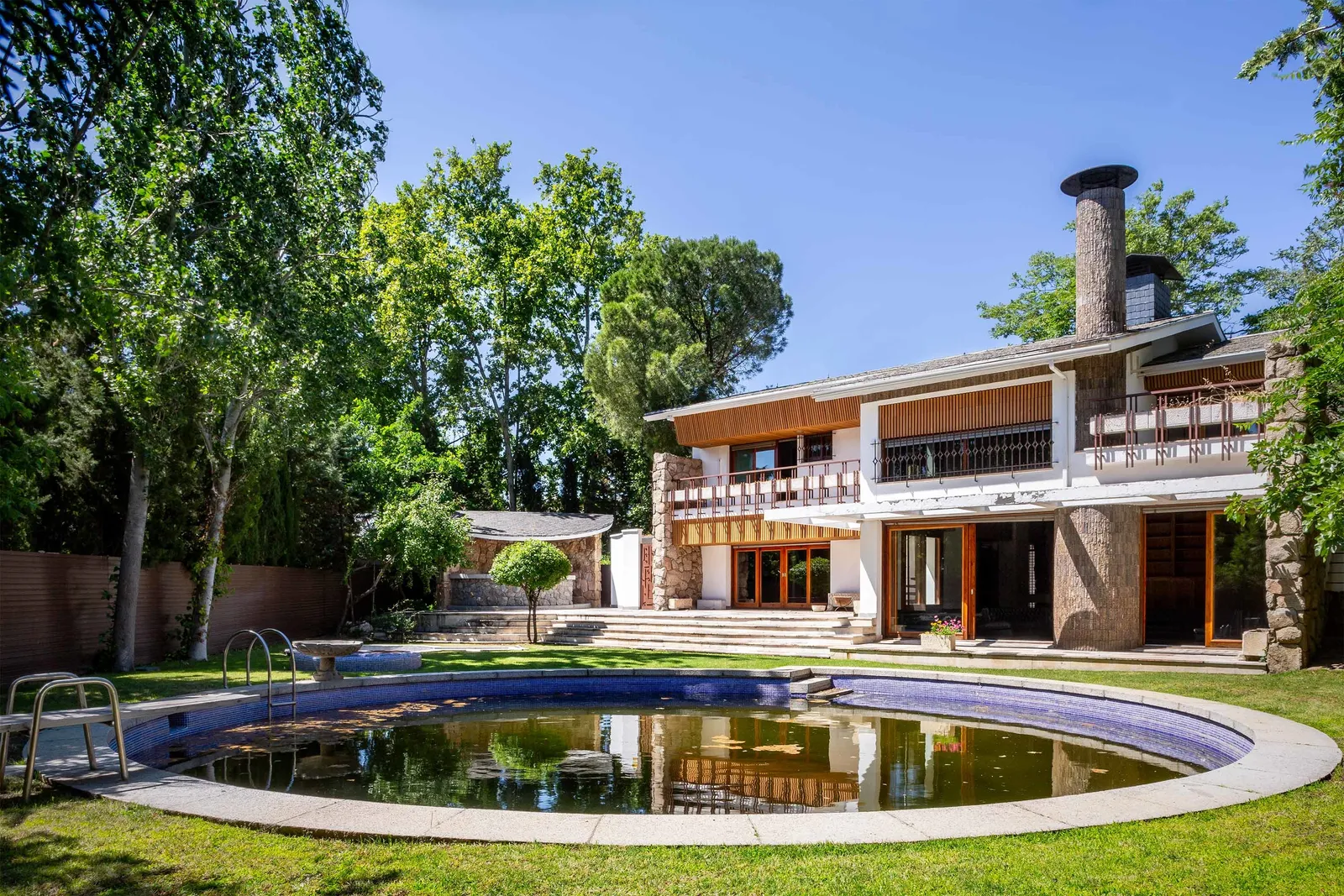
Built by Germán Souto Candeira. The typical style of the sixties can be seen in many elements such as the combination of traditional materials such as stone, wood, marble with organic forms, the furniture that is part of the architecture and the continuity and integration between ceilings, bookcases, floor and furniture.
It is a house very much of its time and, although it is by an unknown architect, with a very brilliant architecture for the time in which it is made. It participated in 2019 in the fifth edition of the architecture festival Open House Madrid.
Pedro Astigarraga Group (1968)
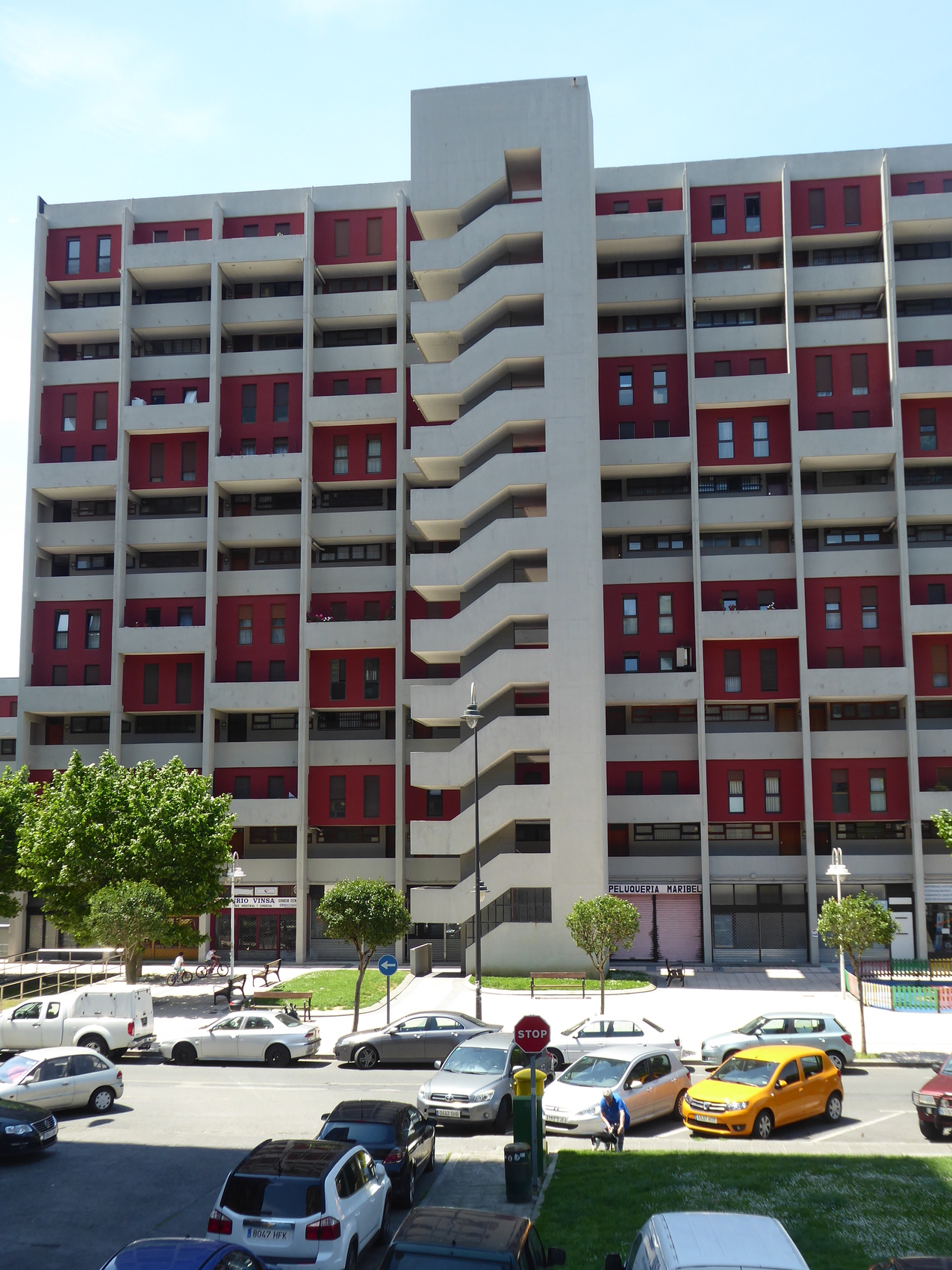
These buildings are commonly known as “American Houses”. This atypical complex is the result of a competition organized by the Bilbao City Council for the construction of more than 200 houses in the San Ignacio neighborhood. Rufino Basáñez was the architect chosen for this task and together with Esteban Argárate and Julián Larrea they created this innovative and modern construction. The proposal was a reinterpretation of “La Unité d’habitation” that Le Corbusier had built a decade earlier.
The proposal of the three young men was so transgressive and unique with respect to the urbanism of the time that it was totally misunderstood by the citizens of the 1960s. Society was not accustomed to building proposals as radical as this one, and that is why the distinction came years later. In 2013, the Docomomo Foundation recognized the Pedro Astigarraga Group as architectural heritage of the Modern Movement.
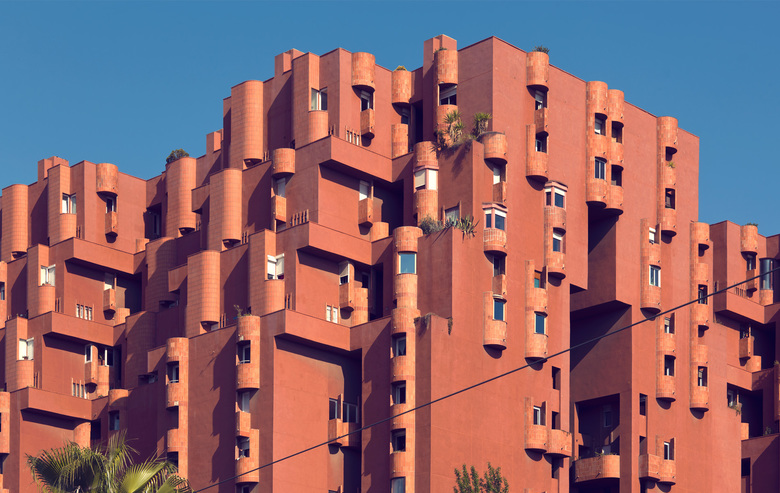
Spanish architecture of the 1960s was a period of innovation and experimentation that left a lasting legacy and continues to be a source of inspiration for architects around the world. Its iconic works continue to captivate those of us who contemplate them, reminding us of the audacity and creativity of a golden age in the history of Spanish architecture.